"Why Can't I Be Different and Original . . . Like Everybody Else?" - Viv Stanshall
Sunday, June 30, 2013
Nice Day For a Zen Wedding
Yesterday was the day. The wedding went off without a hitch, and Andy and Caro are now husband and wife.
Bonus points: I even managed to get along with my former teacher.
Friday, June 28, 2013
Shot of the Day
3:00 pm Friday afternoon: wedding rehearsal with (l to r) Andy Osburn (groom), Caro Dainer (bride), and Taiun Michael Elliston (celebrant).
"My" little girl is getting married. I provided Caro's newcomer instructions the first time she came to the Zen Center, practiced with her for years at Monday Night Zazen, and even selected her dharma name (Kusuba) for her initiation ceremony.
Tomorrow, I will be attending her wedding, with a very minor role in the ceremony (leading the Heart Sutra chant).
And the years keep rolling by.
Wednesday, June 26, 2013
Meanwhile, Back In the News . . .
"If you made a phone call today or sent an email to a friend, there's a good chance what you said or wrote was captured and screened by the country's largest intelligence agency." - Steve Kroft reporting on 60 Minutes, February 2000.
Last week's revelations, although shocking and dismaying, should not have been surprising - as indicated by the 2006 article above, if you didn't know about the surveillance programs until now, you just weren't paying attention.
Having maintained this blog for close to a decade now, I can only assume that the government has scanned every word I've written here and that their software has already profiled me for my political, religious, and psychological characteristics, as well as potential for threat. But apparently, even if you haven't maintained an on-line blog for 10 years, they've done the same thing with you.
As you've no doubt noticed, a lot's been going on in the news lately. Today saw the overturn of the Defense of Marriage Act and its associated ban on gay marriage, as well as California's Proposition 8. This is a good thing, and I'm glad that we have finally abolished that legal enshrinement of discrimination and moved a little closer to treating all loving couples as equal human beings.
But yesterday's gutting of the Voting Rights Act was a grim reminder of the sad nature of American politics. As a resident of one of those states where Department of Justice review was required for any changes to its voting laws, I can assure you that politicians here won't waste any time seizing the opportunity to disenfranchise as many minority voters as they can. The Supreme Court was actually correct in that the country has changed quite a bit since the 1960s, and the motivation nowadays to disenfranchise minorities is not strictly bigotry, but politics. Minorities, you see, are less likely to re-elect Red State politicians, and for years now, the ruling party here has been trying to pass restrictive rules in the name of mitigating the non-existent problem of "voter fraud," while everyone clearly saw that their real motive was to try to keep those with opposing political views away from the polling places.
The majority party already has drawn maps in Georgia that reduced Democratic voting performance last year. Georgia isn't as monochromaticly red as many people think - nearly 50 percent of the state's residents are Democrats or lean Democratic, but the gerrymandered maps have diminished the voting strength to 32 percent. Now that the Supreme Court has removed the last impediment to redistricting and so-called anti-voting-fraud rules, I will guarantee you that the Georgia Legislature won't waste any time passing laws to make it more difficult for the poor, Latinos, and people of color to vote here, and to make sure that the votes they can't prevent result in fewer elected officials.
Georgia congressman John Lewis was one of the persons as responsible for the passage of the Voting Rights Act as anybody, famously getting beaten nearly to death during a march in Alabama in the early 1960s. I'm proud to live in his District and to have him represent me in Congress, and with this set-back to our liberties, I'm resolute in my commitment to do what I can to keep him in Congress for as long as he's still willing to serve.
That which doesn't kill us makes us stronger.
Tuesday, June 25, 2013
Looking Out My Backdoor
One of the other odd things about my utter lack of investment in any time spent gardening is that if all I do is leave a flowerpot open in the yard, something comes along to inhabit it. I suppose there might be some sort of Darwinian survival-of-the-fittest competition as to which plant gets to inhabit which pot, but in my yard one and only one plant has taken root in each pot left outdoors.
The plant above is, believe it or not, a Japanese red maple. I'm no sure how the picture came out of it looking so green, but it is, in natural light, actually red.
I'm pretty sure this one is a weed, but I don't have the heart to tell it that it's just a weed or that it has to go after it's started to thrive so well in its own little flowerpot. Zen Master Dogen once said that weeds, although despised, flourish, and that flowers, while cherished, fade. This little guy's flourishing, so I'll let you decide whether it's a weed or a flower.
I have no idea what this one is - a holly, perhaps? Whatever it is, it's doing really well in it's pot.
It's said in spiritual practice that when the student is ready, the teacher will appear. In my yard, when the flowerpot is ready, the plant appears.
Monday, June 24, 2013
Scenes From My Backyard
I perform scandalously little gardening in my yard, and yet despite my inattention, flowers still bloom there anyway.
The point being that everything coming up out of the ground here isn't necessarily fungus.
Saturday, June 22, 2013
Friday, June 21, 2013
Meditation on the Solstice
Today is June 21, the summer solstice, the longest day of the year. It is rightfully celebrated for its warmth and its brightness, but it is also unbalanced, the two states of darkness and light at their most unequal. For the next several months, the two states move back toward equanimity, toward balance, toward equipoise.
The darkness is often thought of as representing ignorance and the light to represent enlightenment, but to favor one over the other is in itself a delusion. In fact, the brightness of the day can dazzle and overwhelm the senses to the point where we are blinded to reality, while at night we can calm our minds and better perceive the skies above.
The moon is often used as a symbol for enlightenment or the true nature of things, and at night, we can see the moon so much more clearly. So we may want to think of the shortening of the days not as a slipping into the darkness of ignorance and delusion, but as increasing opportunity to directly perceive the reality of the Moon.
Summer Solstice, 2013
Wednesday, June 19, 2013
Athens
As forecast, it's still raining, but other, interesting things are also popping up out of the ground in Athens, Georgia.
Tuesday, June 18, 2013
More Aliens
It rained last night after I took the pictures of the mushrooms in my yard, and it rained most of the day today. As a matter of fact, it's been raining almost constantly and the current five-day forecast is for nothing but rain, rain, and more rain.
The alien life forms in my yard used the opportunity to transmorgify into new shapes and forms. Remember the Caesar's Mushrooms that a mere 24 hours ago looked like little cherry tomatoes? Overnight, they morphed into the flat-topped mushrooms above and below.
The Small Death Angel mushrooms also transformed overnight. The one on the left below was more of a button on a stem than the flat-topped 'shroom that it is today, and the one on the right, which was flat topped yesterday, has curled upwards, catching rainwater in its newly formed cup.
Some new buttons are also popping up out of the gravel, indicating the Small Death Angel is not done yet.
It might seem like the mushrooms are metamorphosing into remarkably different forms, but what I find interesting is that the mushrooms that we see are only a small part, the tip of the iceberg, of the actual organism, which is far stranger still. Most of the organism, neither plant nor animal, that produced the mushroom is living underground as a spreading network of threads called hyphae. The collection of hyphae belonging to one individual fungus is called the mycelium. The total length of the mycelium of an individual fungus may spread through a substantial area of soil and can be measured in miles.
So the individual mushrooms we see above are like a flower growing on a tree. But the "tree," instead of being a tall, vertical structure, is spread out in underground threads. As they spread, the hyphae are digesting the dead leaves and other decaying matter in the soil. We animals basically do something similar by walking around devouring food and digesting it internally. But instead of passing the food through their body, fungi pass their hyphae through the food, secreting digestive enzymes and digesting the soil material where it lies.
When the conditions are right, the hyphae come together and form a single solid recognizable structure, such as the mushrooms we occasionally see sticking up out of the ground. But when things dry up, the fungus retreats back underground, out of sight and out of mind, where we forget about it until it rains again.
Monday, June 17, 2013
Alien Life Forms
They're back. The long, chilly, wet spring has given way to a long, hot, wet summer, perfect conditions for fungus. So the Caesar's mushrooms (Amanita caesarea) that have appeared in my yard in summers past have now reappeared, looking this morning almost like ripe cherry tomatoes ready for the salad.
When first formed (the "button" stage), the young mushroom is completely enclosed in a thick veil of white fungal tissue. You can still see remnants of the veil tissue surrounding the base of the young mushrooms.
Other Amanita mushrooms have also been emerging in the yard. Below is what I think is the deadly poisonous Small Death Angel (Amanita bisporiger). Like many species of Amanita, A. bisporiger has warts all over its cap. The warts are remnants of the veil that enclosed the entire mushroom when it was immature. Veils are found in all Amanita mushrooms, including both Caesar's and the Small Death Angel.
Mushrooms, like all fungi, are neither plant nor animal, but are actually a third great Kingdom of multicellular life. What is surprising, though, is that appearances aside, molecular evidence indicates that the fungi are actually more closely related to animals than to plants. While plants import energy from the sun and release it into the biosphere, both animals and fungi ultimately derive their energy from plants, although in different ways. Both of us, animals and fungi alike, are parasites, if you will, on the Plant Kingdom.
Relative to us animals, fungi have evolved alternative means of harnessing the photosynthetic energy imported by the Plant Kingdom. To a certain degree, they are rivals to us animals, although there are numerous examples of symbiotic cooperation between fungi and animals. But to give us some idea of just how "alien" extraterrestrial life might be, we only have to consider how other-worldly the fungus appears compared to the animal.
Sunday, June 16, 2013
Summer
Summer's here. No matter what else is going on, when I look out the front porch at the yard, the road, and beyond, I know that there is always yet still more that can be appreciated in every day.
The cats sleep through the afternoon, untroubled by perceived conflicts in the larger world.
When they're showing me that everything is alright, who am I to tell them otherwise?
Friday, June 14, 2013
Birthday Wishes
I don't get to say "Happy Birthday" to my sister in Massachusetts nearly enough.
"It's so lonely in Lawrence with you in Methuen, it's almost like living in Lowell."
Thursday, June 13, 2013
Childish Thoughts
File under "coincidence:" after composing last night's post, I turned on the television and channel surfed over to an episode of PBS' Nova that documented psychological experiments on children based on a premise very similar to the Sally-and-Anne-cell-phone scenario discussed in last night's post. Rather than confusing kids with stories about buying rounds of drinks in a bar, however, the experiment involved placing a ball into one of two paper bags, and then moving the ball from that bag to the other bag while one of the children was away. The child who saw the switch was then asked where the second child would think the ball was when he returned.
Interestingly, almost all children aged three and under thought that the second child would think the ball was in the new location, even though the second child had no way of knowing that the ball had been moved. They believed that others would think the ball was where they correctly knew it to be, which is to say, very young children are apparently incapable of anticipating the thoughts and perceptions of others. It is only after about the age of four that children are apparently capable of creating the mental models necessary to anticipate the perceptions and behaviors of others. What was amusing was how adamant many of the children were that the second child would look for the ball in the new place, how certain they were that their knowledge and understanding were shared by everybody.
Which brings us back, once again, to Erich Fromm, who argued that we adults are often unaware that all our concepts and beliefs rest upon commonly accepted frames of reference, and when confronted with a fundamentally different view of life, we tend to judge it as "crazy," or "irrational," or even "childish." Yet it is we ourselves that are being "childish" when we cannot grasp that others may have a different understanding than us, a different view, a different mental model, a different samskara.
Wednesday, June 12, 2013
Monkey Minds
"Picture two friends, Sally and Anne, having a drink in a bar. While Sally is in the bathroom, Anne decides to buy another round, but she notices that Sally has left her phone on the table. So no one can steal it, Anne puts the phone into her friend's bag before heading to the bar. When Sally returns, where will she expect to see her phone?
If you said she would look at the table where she left it, congratulations! You have a theory of mind – the ability to understand that another person may have knowledge, ideas and beliefs that differ from your own, or from reality.
If that sounds like nothing out of the ordinary, perhaps it's because we usually take it for granted. Yet it involves doing something no other animal can do to the same extent." (Kirsten Weir, writing in New Scientist)Can we ever know someone else's intentions, or truly understand their thinking?
The answer, I believe, is both "yes" and "no." As Weir points out in the New Scientist article, we humans and certain other primates are gifted with a singular ability to understand the thought processes of other individuals. We see, or even anticipate, the behavior of others, imagine ourselves in that same position, and then reach conclusions of how the other will behave based on how we expect that we would react.
A bunch of monkeys are watching a small clearing in the woods. One monkey walks into the clearing, seeing a banana laying on the open ground. The other monkeys watch as their brother picks it up, and is suddenly engulfed in a giant net as he triggers the trap that had been set. Mirror neurons firing like mad, they all howl in distress, imagining themselves in the same predicament as their ensnared colleague.
Our observations of human society and behaviors are far more complex, but of the same nature. When we see someone scratch their nose, we imagine they must have had an itch; when we see someone steal a steak from a supermarket, we make all sorts of assumptions about that person's level of hunger, relative wealth or poverty, and moral upbringing.
By and large, we are correct - this is how we function as a culture and as a society. We may never truly "know" what others are thinking, but we can get a pretty good idea, at least enough to support the myriad and complex interactions of human society.
On the other hand, those assumptions are merely that - assumptions, mental models, the "mental maps" of Erich Fromm, the schema of the linguists, the samskara of the Buddhists. These maps and models are formed from our own experience and filtered through our own individual perceptions and prejudices, and are subject to fallacies and misunderstandings. I think that a lot of human conflict is based on a failure to resolve differing sets of samskara.
Case in point: my now former teacher is also quite an accomplished artist, and several months ago the Zen Center's Board of Directors suggested that he display several of his pieces in the reception area and elsewhere around the Center before he took them to an upcoming show to let the sangha get a better idea of his talent and even possibly sell a few pieces and earn some money. Sensei complied, and because of the limited space available, some of the pieces were even displayed in the meditation hall.
One evening, a friend of mine accompanied me to the Center, and seeing the artwork, came to appreciate Sensei even more, perceiving his intuition, his sensitivity, and his talent from the artwork displayed. She thought more highly of him as a spiritual teacher for her experience of his art.
However, another person came to the Center, saw the same artwork, and considered it the height of egotistic arrogance for Sensei to display his artwork at the Center. The fellow concluded (incorrectly) that Sensei decided unilaterally to display the pieces, and wrote a scathing email (copying me for some reason) that he had never before seen or heard of such egocentricity and arrogance displayed by a so-called spiritual teacher, and noting that no other artists were included in the display, that Sensei couldn't even bear the slightest bit of competition.
Same initial behavior, same setting - two completely different perceptions and reactions.
My conclusion, and the point of this whole post, is that we can understand what other people are thinking and feeling to some extent, but that our perception of those thoughts and feelings are filtered through our own mental models and maps and are subject to error. We can use them as a guide, but should be cautious of relying on them too heavily.
Yesterday, I noted that my perceptions of my former teacher are now different than they were in the past, and anticipated that they will probably be different again in the future. It would be a fallacy to assume that I'm "right" now, but was "wrong" in the past and will be likewise incorrect in the future, but it is also a fallacy to deny my perceptions in the here and now. Hence, I've taken the steps I've taken whilst trying to minimize the amount of hurt and pain that others may experience and to avoid behaving in ways that others might misperceive (although there will always be some inevitable misperception).
By the way, remember that monkey caught in the net? It turns out the trapper was merely a zoologist, and kindly let the monkey go again after the experiment (with the banana for good measure).
Tuesday, June 11, 2013
Cloudy, With a Chance of Plummeting
Zen Master Dogen put great emphasis on trusting a teacher. Trusting a teacher, he said, was like when having climbed to the top of a hundred-foot pole and told by the teacher to let go and advance one step further, doing so without regard for one's own life. "You should believe your teacher and throw your former ideas away," he said, "even if he says that buddha is nothing but a toad or an earthworm."
"Many people in the world say that although they listen to the words of the teacher," Dogen explained, "the teachings do not accord with their own thinking. This attitude is a mistake. I don’t understand how they can say such things. Do they say it because the principles in the teachings do not agree with what they think, and believe the teachings to be wrong? If so, they are utterly foolish. Or is it that what the teacher said did not agree with their own preference? If so, why did they ask the teacher in the first place? Or do they say it on the basis of their ordinary discriminating thoughts? If so, this is illusory thought from the beginningless beginning."
To be clear, I did not break off my relationship with my own Zen teacher because I no longer agreed with his teachings. Far from it. Nor was I in any way abused, mistreated, or harmed, as has been the case in so many other sanghas across the country.
I have greatly benefited from the past dozen years spent with the teacher. Thirteen years ago, I had never even heard of Dogen, and thought that everything to know about Zen was embodied in the books of Alan Watts and somehow in the writings of Robert Pirsig, if only one could figure out that "somehow" (was that what a koan was?).
Through the teacher, I was introduced to Dogen and to the Buddhists patriarchs and most importantly to practice. The teacher encouraged practice, and held frequent zazenkais (all-day sits) and longer meditation retreats to encourage practice. I was on one of those week-long meditation retreats on 9/11.
My problem is that after more than a decade of practice and dharma study, I see the teacher differently than I did before. I see attachment to reputation and fame, and I see attachment to comfort and wealth. I see attachment to ego. And then I wondered to what degree the teacher has applied his own teachings of non-attachment to himself, how well he's manifested the teachings in his own life, and then I doubted if he could ever teach that which he couldn't seem to grasp himself.
I have written quite a lot here over the last year or so about samskara, the mental maps or perceptual filters through which we perceive reality. I recognize that the samskara through which I saw the teacher in the past was different than it is now, and I have every confidence that the samskara through which I will view him in the future will be different yet again. But in the here-and-now moment, the samskara of the past is only memory, which is unreliable and also subject to perceptual filters, and the samskara of the future is nothing but pure imagination. Right now, I can only see the teacher as I see him right now.
To be honest, my view has been colored by these schema for several years now, and I've been merely going through the motions of following the teacher. But I knew in my heart, if and when told to let go of whatever 100-foot pole to which I was clinging, I would not trust the teacher to do so.
So how sincere was I in my relationship then, really? It was time to stop clinging to the illusion of trust and faith, and let go of the relation to the teacher.
To be sure, some bitterness and resentment was manifested as I considered what I needed to do, but these kinds of reactions are inevitable and probably psychologically helpful in ending a partnership, be it romantic or tutorial.
If any of his other students happen to read this, don't feel like I'm encouraging you to see things in the same way that I do, or at least as I do now. Look clearly, see things for yourself, and come to your own conclusions.
I haven't yet thought about what's next on the road ahead of me, but for the time I intend to float, unattached, like a cloud in the sky and see where the myriad things take me.
Monday, June 10, 2013
Nooooooooo!
No. No, this can't be true. It's April 1 today, right?, and this is all just a joke.
Please, for the sake of all that is holy, for the sake of the ghosts of Billy Sullivan and Victor Kiam, for the sake of the millions of long-suffering fans in the Northeast, for the sake of the honor of the people of the Commonwealth of Massachusetts who've already been brutalized by Hurricane Sandy and the Marathon Bombings, please don't let this be true.
Now I'm going to have to become a Seahawks fan.
Sunday, June 09, 2013
Subscribe to:
Posts (Atom)
-
For various reasons, I've long wanted to hate Starbucks Coffee, more specifically the retail chain and not their coffee itself, but have...
-
A couple weeks ago, I had some plumbers over to my house to fix a leak apparently coming from beneath my refrigerator. It turned out that, ...
.jpg)
.jpg)
.jpg)

.jpg)
.jpg)
.jpg)
.jpg)
.jpg)
.jpg)

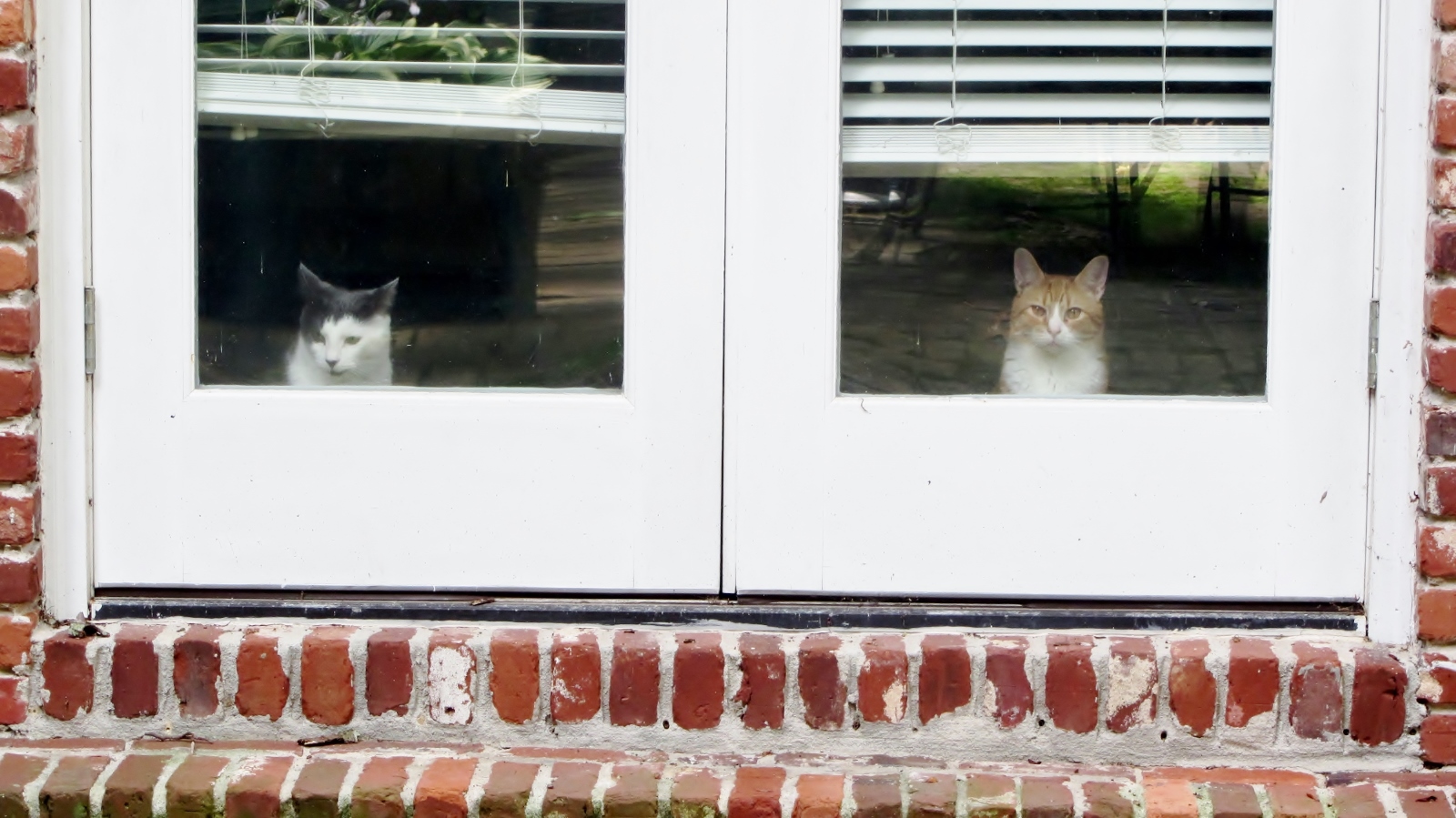
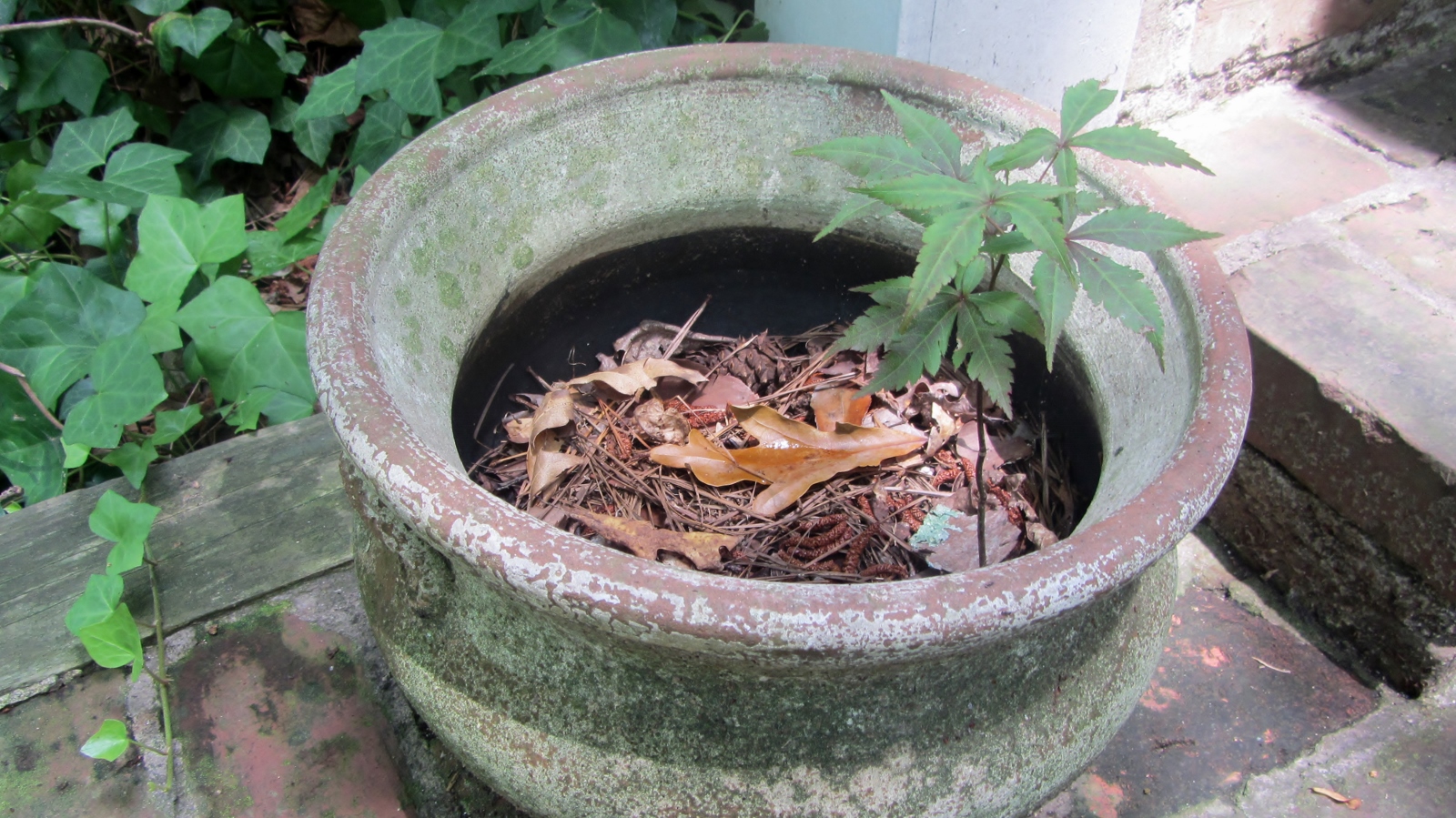
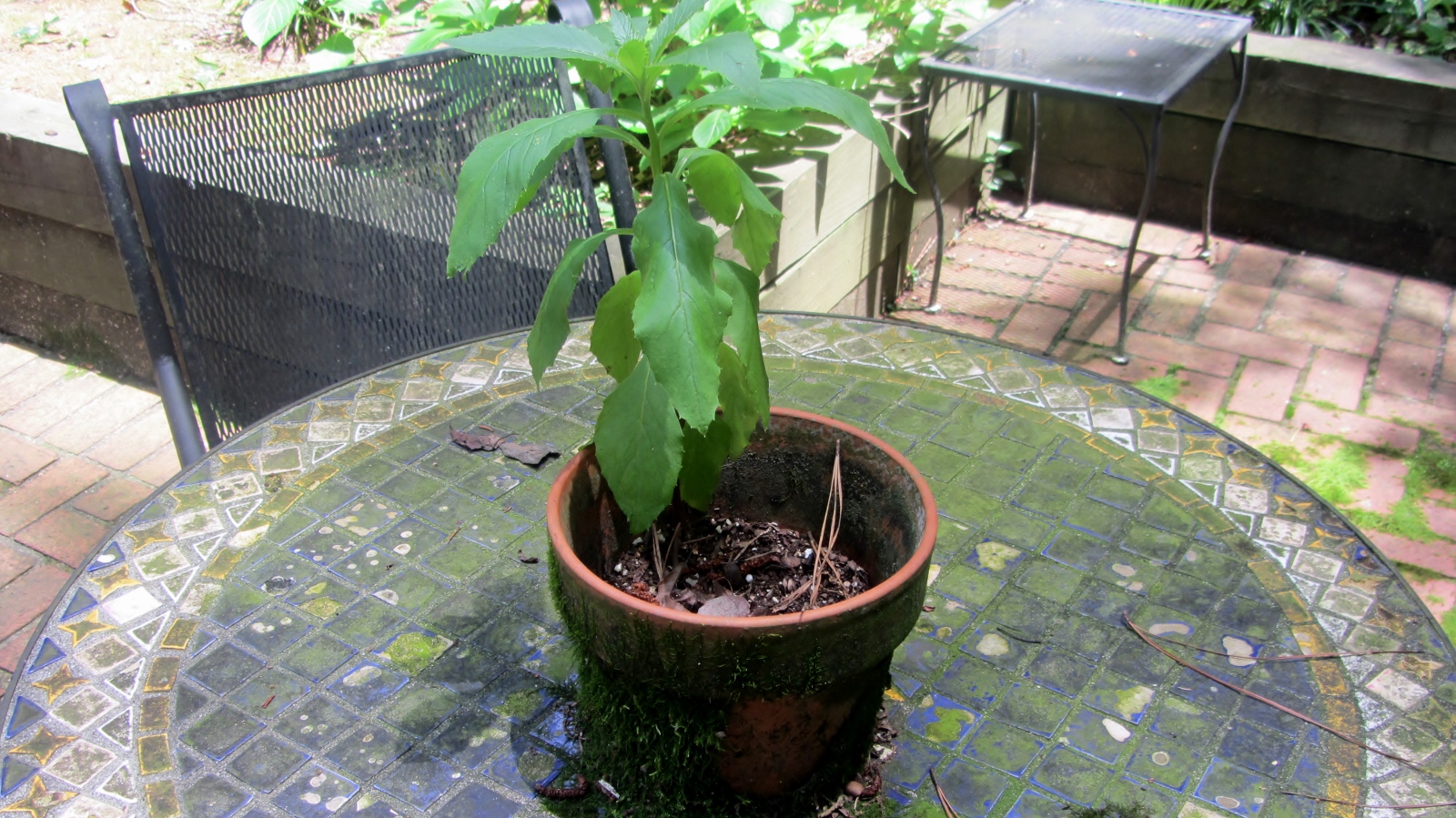












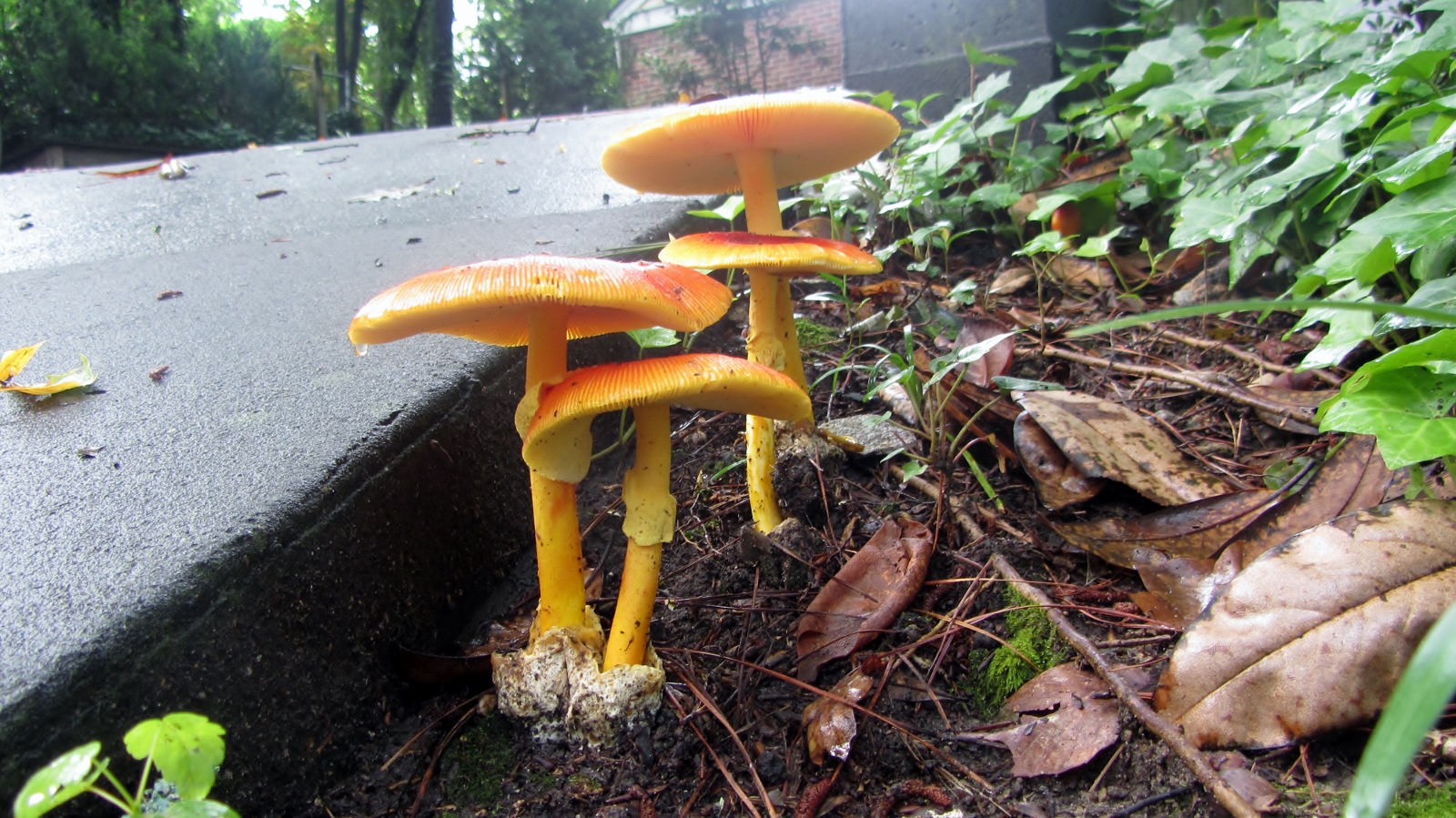

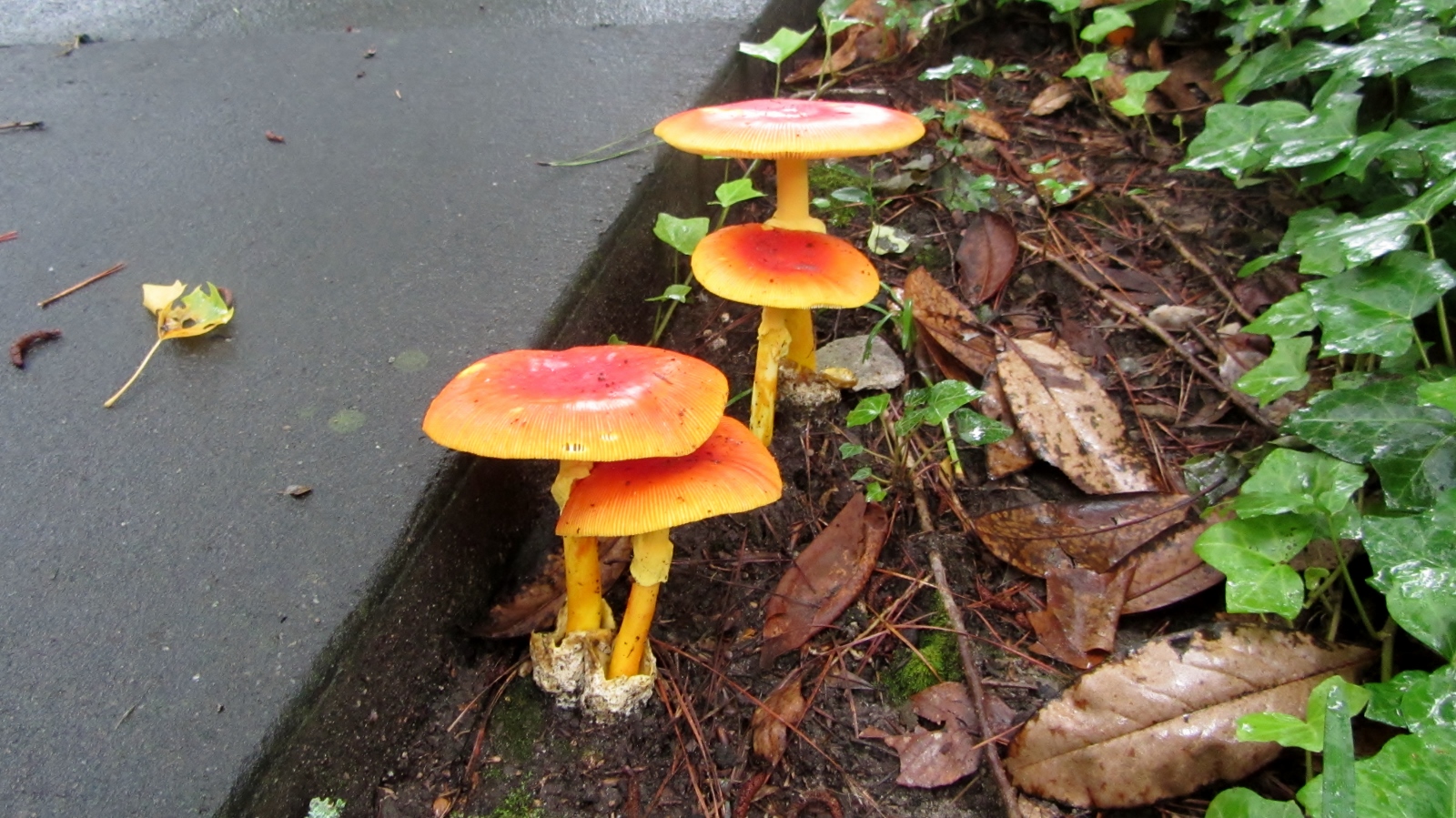
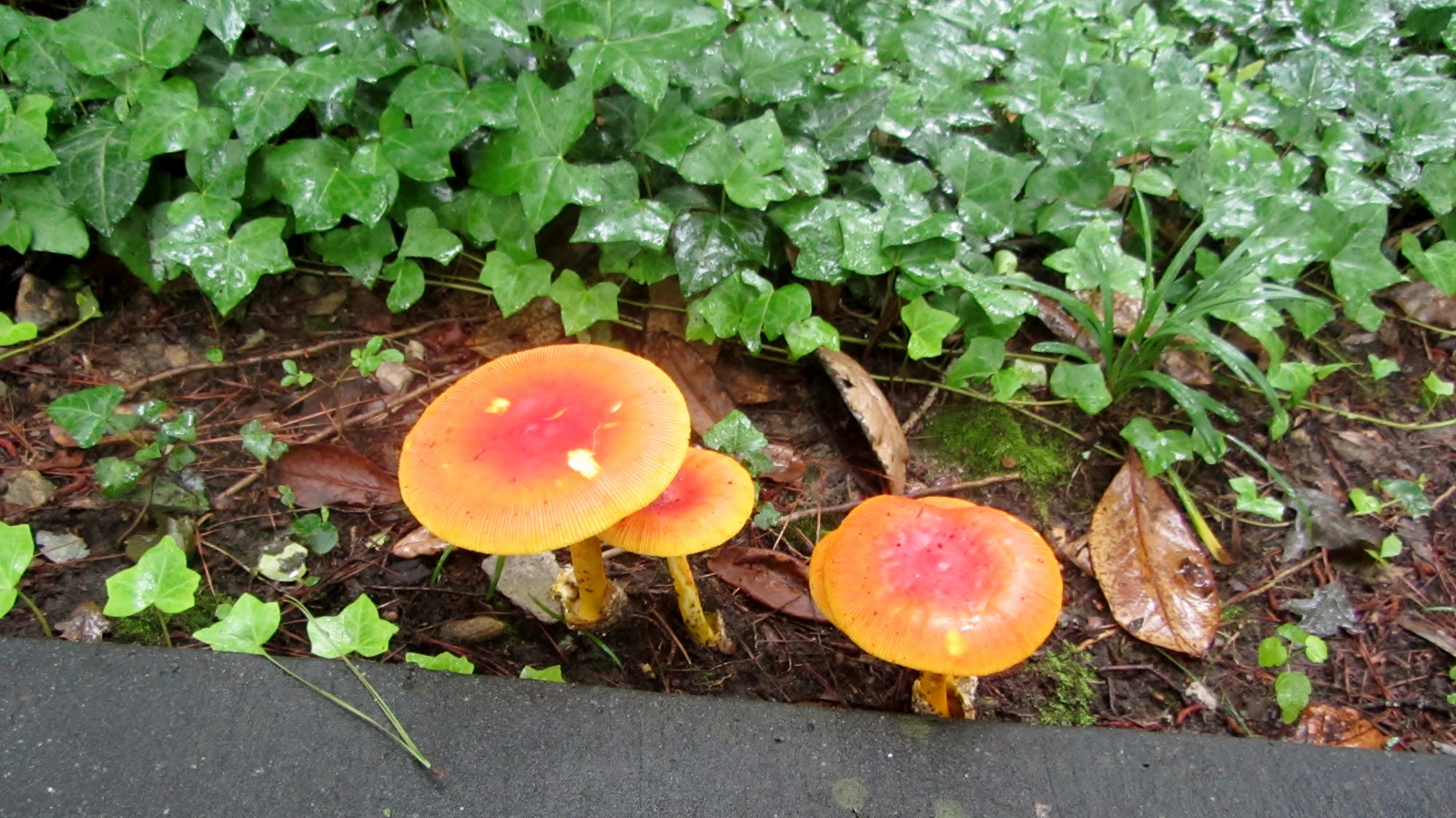
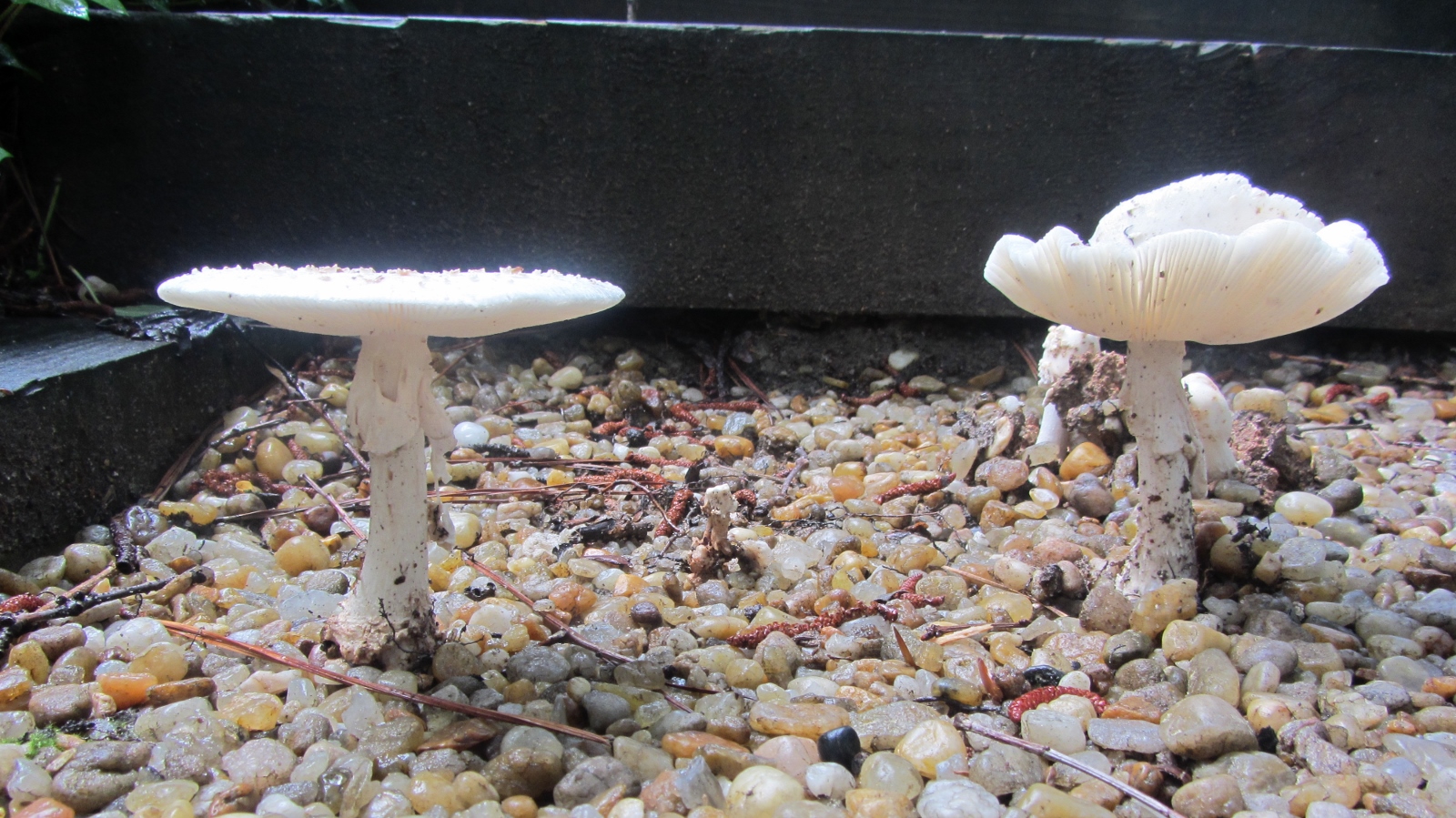




.jpg)
.jpg)
.jpg)
.jpg)
.jpg)
.jpg)
.jpg)

.jpg)







